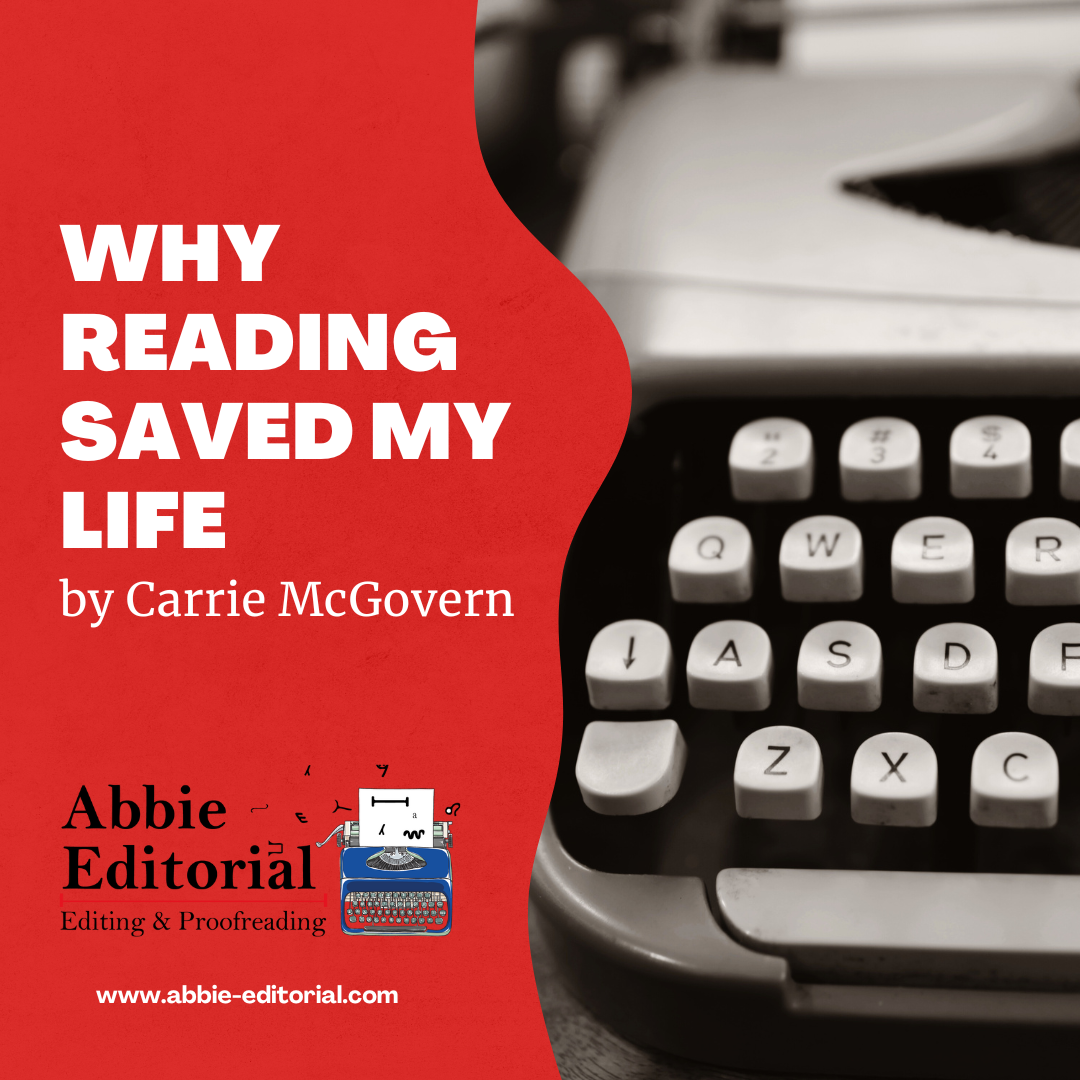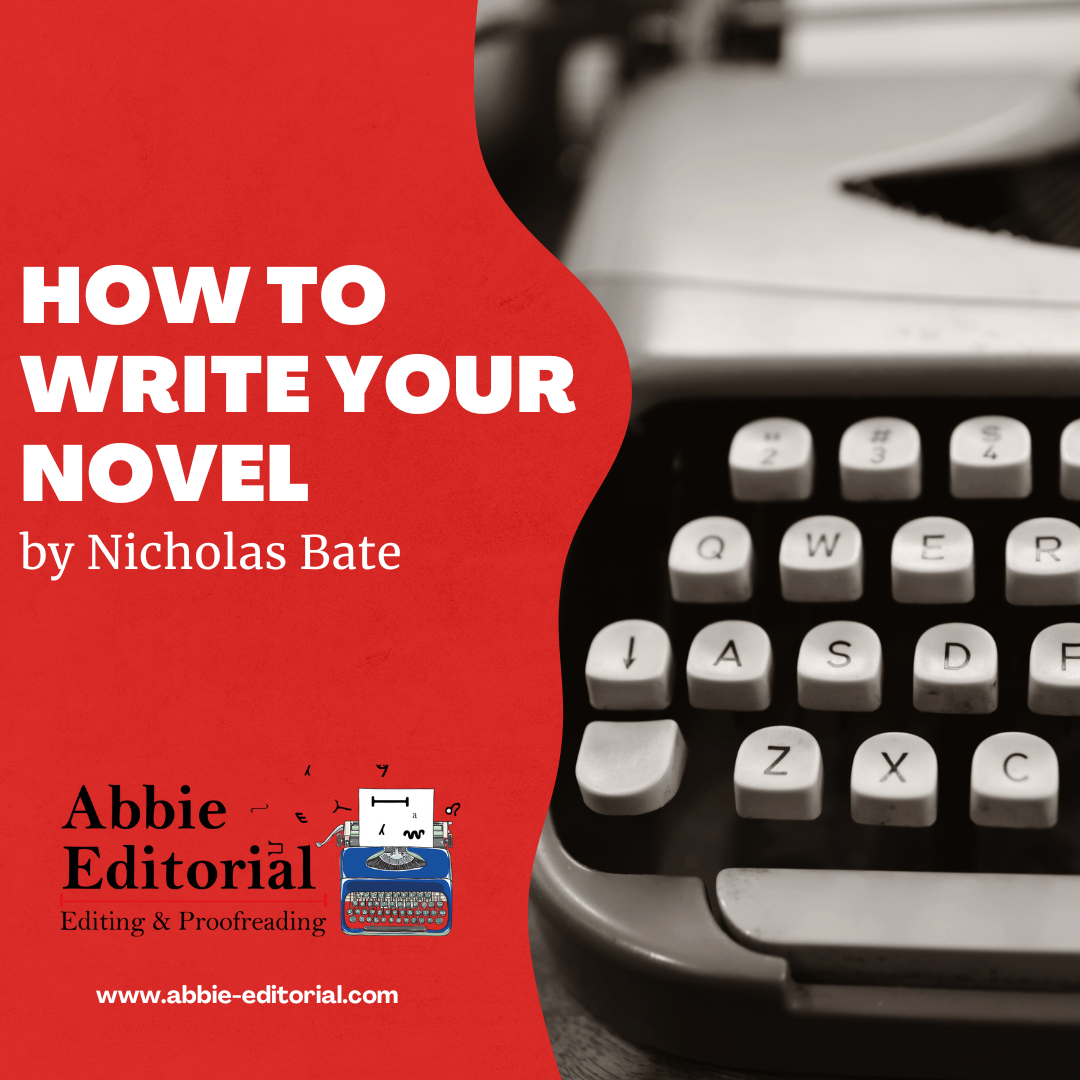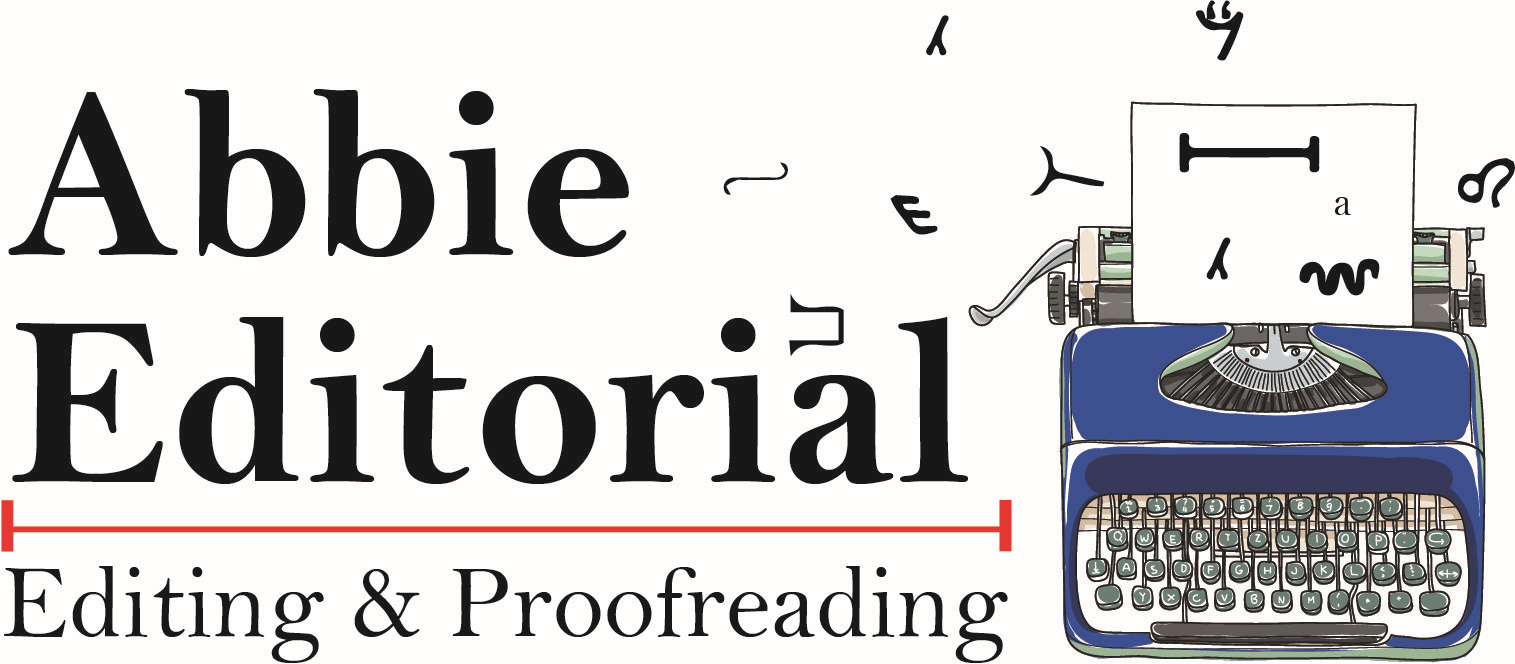Copyediting and proofreading: what's the difference?

Copyediting
Basically, copyediting is the process of correcting a piece of writing (copy). It is often assumed that this means simply correcting grammar and spelling. This is accurate; however, it goes much further than this. The copyeditor seeks to ensure readability, clarity, and consistency.
This includes offering suggestions where there is repetition, ensuring the language used is consistent with setting and character, making suggestions for ‘clunky’ sentences, all while retaining the author’s voice and message.
To maintain consistency, the editor ensures the chosen style guide is adhered to (in the UK this tends to be New Hart’s Rules ).While publishing houses will have their own house style, this won’t be the case for an independent author. Your editor should produce a style sheet for you that sets out the decisions made regarding spellings, punctuation and formatting.
There is an element of fact-checking involved in copyediting. So, if your character takes two hours to travel from A to B, the editor will check this is realistic.
Sensitivity is also a factor within editing. Your editor will endeavour to ensure that your writing isn’t inadvertently going to offend or upset readers – something that can have a major impact on the reception of a book, which in turn can impact on reviews and sales.
The editor’s role within non-fiction work may also involve illustrations and references, and they will leave instructions for the typesetter regarding these additional matters.
Proofreading
When it comes to proofreading there is, again, an assumption that it simply involves looking for typos. Proofreading is a much more complex task than this. Yes, it involves checking spelling and grammar, but it also includes ensuring any formatting issues are addressed, that chapter numbers and page numbers are correct, and rogue spaces (you can tell the age of an author by whether or not they put a double space after each sentence – a throwback to being taught to type on a typewriter). In traditional publishing it also involves checking that page lengths are correct, that there are no bad word breaks, and that the manuscript is free of widows and orphans (something to be explained in another post).
Proofreading is, I think, a more subtle art than copyediting and involves a different set of skills. I really enjoy having a mix of both editing and proofreading work as it enables me to shift my mindset, if that makes sense?
The copyedit always comes before the proofread. This is the standard across publishing and reflects the different roles – it is a process of each catching what the person before them missed, and that’s not a criticism as we are all human (before you consider skipping human’s altogether bear in mind that technology can miss things too, as evidenced by my use of the apostrophe in humans – nope, the spellcheck didn’t pick it up).
Both copyediting and proofreading are essential if you want to publish professional-looking books that provide a pleasant experience beyond the story for your readers.










